Pioneers of South Africa: Christiaan Barnard’s Medical Breakthroughs and Nelson Mandela’s Historic Legacy
Christiaan Neethling Barnard (November 8, 1922 – September 2, 2001) was a South African cardiac surgeon who gained international fame for performing the world’s first successful heart transplant. Here is an overview of his life and achievements:
Early Life and Education:
- Christiaan Barnard was born in Beaufort West, South Africa, and grew up in a small town.
- He studied medicine at the University of Cape Town, where he obtained his MBChB (bachelor’s degree in medicine and surgery) in 1945.
Medical Career:
- After completing his studies, Barnard worked as a general practitioner in South Africa and later studied thoracic surgery in the United States and England.
- He returned to South Africa and established himself as a prominent heart surgeon.
- Barnard did his internship and residency at the Groote Schuur Hospital in Cape Town, after which he worked as a general practitioner in Ceres, a rural town in the Cape Province. In 1951, he returned to Cape Town where he worked at the City Hospital as a Senior Resident Medical Officer, and in the Department of Medicine at Groote Schuur as a registrar. He completed his master’s degree, receiving Master of Medicine in 1953 from the University of Cape Town. In the same year he obtained a doctorate in medicine (MD) from the same university for a dissertation titled “The treatment of tuberculous meningitis”.
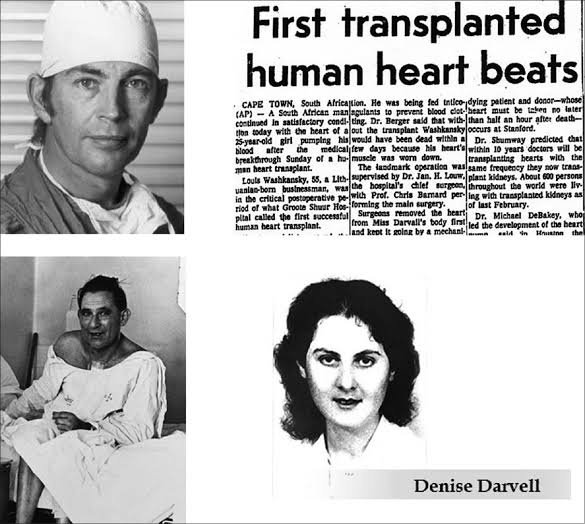
The First Heart Transplant:
- On December 3, 1967, at Groote Schuur Hospital in Cape Town, Barnard performed the first successful human-to-human heart transplant.
- The recipient was Louis Washkansky, a 55-year-old grocer suffering from heart failure.
- The donor heart came from Denise Darvall, a 25-year-old woman who had been declared brain-dead following a car accident.
Barnard stated to Washkansky and his wife Ann Washkansky that the transplant had an 80% chance of success. This has been criticised by the ethicists Peter Singer and Helga Kuhse as making claims for chances of success to the patient and family which were “unfounded” and “misleading”.
Barnard later wrote, “For a dying man it is not a difficult decision because he knows he is at the end. If a lion chases you to the bank of a river filled with crocodiles, you will leap into the water, convinced you have a chance to swim to the other side.” The donor heart came from a young woman, Denise Darvall, who had been rendered brain dead in an accident on 2 December 1967, while crossing a street in Cape Town. On examination at Groote Schuur hospital, Darvall had two serious fractures in her skull, with no electrical activity in her brain detected, and no sign of pain when ice water was poured into her ear. Coert Venter and Bertie Bosman requested permission from Darvall’s father for Denise’s heart to be used in the transplant attempt. The afternoon before his first transplant, Barnard dozed at his home while listening to music. When he awoke, he decided to modify Shumway and Lower’s technique. Instead of cutting straight across the back of the atrial chambers of the donor heart, he would avoid damage to the septum and instead cut two small holes for the venae cavae and pulmonary veins. Prior to the transplant, rather than wait for Darvall’s heart to stop beating, at his brother Marius Barnard’s urging, Christiaan had injected potassium into her heart to paralyse it and render her technically dead by the whole-body standard. Twenty years later, Marius Barnard recounted, “Chris stood there for a few moments, watching, then stood back and said, ‘It works.
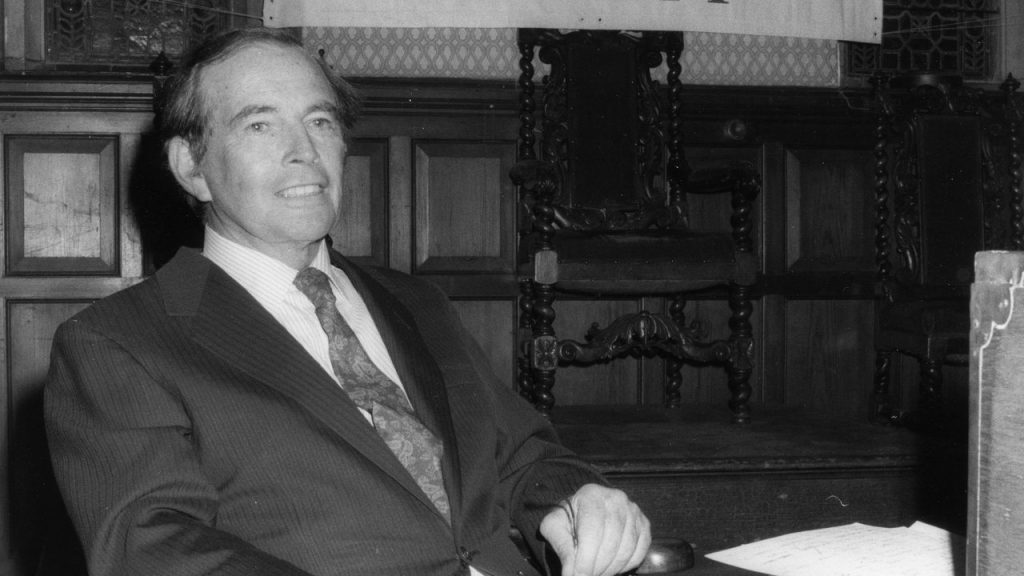
- The historic surgery lasted about nine hours and captured the world’s attention.
International Recognition:
- Barnard’s groundbreaking achievement brought him international acclaim and recognition.
- He became a global celebrity, receiving numerous awards and honors for his contribution to medicine.
- The heart transplant procedure opened new possibilities for organ transplantation and significantly advanced the field of cardiac surgery.
Later Career:
- Barnard continued his career in cardiac surgery, performing more heart transplants.
- He wrote several books on medical topics, including his autobiography, “One Life.”
- However, he faced criticism and controversy, particularly regarding the ethical aspects of organ transplantation.
Personal Life and Legacy:
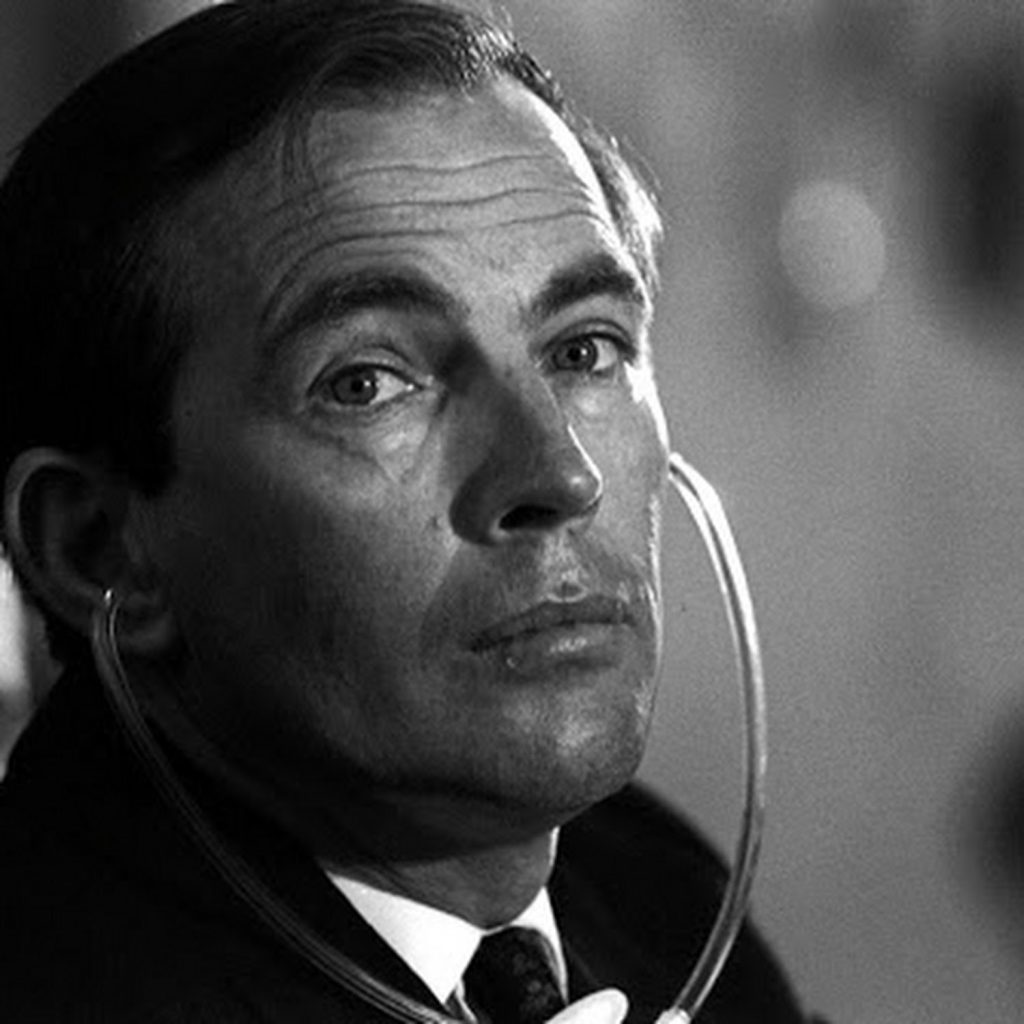
- Christiaan Barnard was married and divorced three times. His personal life attracted media attention, and he was known for his charismatic and flamboyant personality.
- He passed away on September 2, 2001, at the age of 78, due to complications following an asthma attack.
Christiaan Neethling Barnard’s legacy lies in his groundbreaking work in cardiac surgery and organ transplantation. His pioneering spirit and the success of the first heart transplant opened the door to new possibilities in the field of medicine, saving countless lives through organ transplantation.
A Deep look into One of South Africa Greatest Historical Figures – Nelson Mandela
Nelson Mandela, born on July 18, 1918, in the village of Mvezo in Umtata, then part of South Africa’s Cape Province, was a towering figure in the struggle against apartheid and a symbol of peace and reconciliation. Here’s an intensive article covering key aspects of Nelson Mandela’s history, achievements, and life:
Early Life and Education:
Nelson Rolihlahla Mandela was born into the Thembu royal family. His father, Gadla Henry Mphakanyiswa, was the chief of Mvezo, and his mother, Nosekeni Fanny, was the third of his father’s four wives. Mandela’s given middle name, “Rolihlahla,” means “pulling the branch of a tree” or metaphorically, “troublemaker.”
Mandela’s early education was at a local missionary school, and he later attended Clarkebury Boarding Institute and Healdtown, a Wesleyan secondary school. In 1943, Mandela began studying law at the University of Fort Hare, the only black university in South Africa at the time. However, he was expelled for participating in a student protest. He completed his BA degree through the University of South Africa while working.
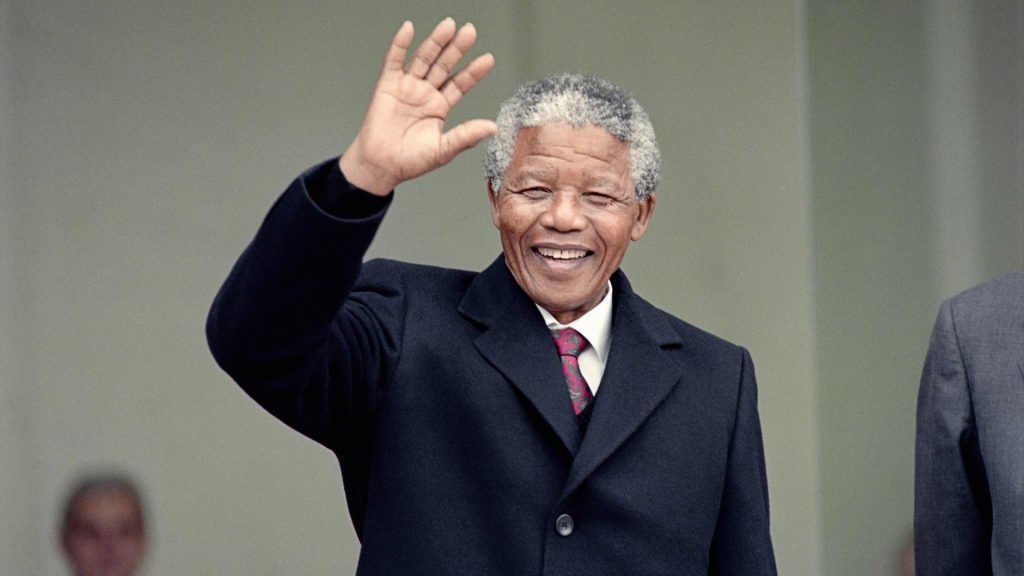
Anti-Apartheid Activism:
Mandela’s political journey started when he joined the African National Congress (ANC) in 1943. He became involved in anti-apartheid activities, protesting against the discriminatory policies of the National Party government.
In 1952, Mandela and Oliver Tambo established the first black law firm in South Africa, providing affordable legal counsel to blacks who faced legal challenges under apartheid laws. The same year, he played a key role in launching the ANC’s Defiance Campaign against unjust apartheid laws.
Arrest and Imprisonment:
In 1962, Mandela was arrested and charged with sabotage, among other crimes. At the Rivonia Trial in 1964, Mandela delivered a powerful speech, stating that he was willing to die for the ideal of a democratic and free society. He and several co-accused were sentenced to life imprisonment.
Mandela spent 27 years in prison, primarily on Robben Island, where he endured harsh conditions but remained a symbol of resistance. He became an international symbol of the anti-apartheid struggle.

Release and Negotiations:
Mandela’s release from prison on February 11, 1990, marked a turning point in South Africa’s history. He had become a global icon, and his release signaled the end of apartheid. Mandela, along with other leaders, initiated negotiations to dismantle the apartheid system.
Presidency and Reconciliation:
In 1994, South Africa held its first multiracial elections. Nelson Mandela, at the age of 75, became the country’s first black president. His presidency focused on reconciliation between the divided racial communities. He championed the Truth and Reconciliation Commission, which aimed to heal the wounds of the past.
Legacy and Global Impact:
Mandela stepped down as president in 1999, but his legacy continued to influence the world. He received numerous awards, including the Nobel Peace Prize in 1993, and his philosophy of forgiveness and reconciliation inspired people globally.
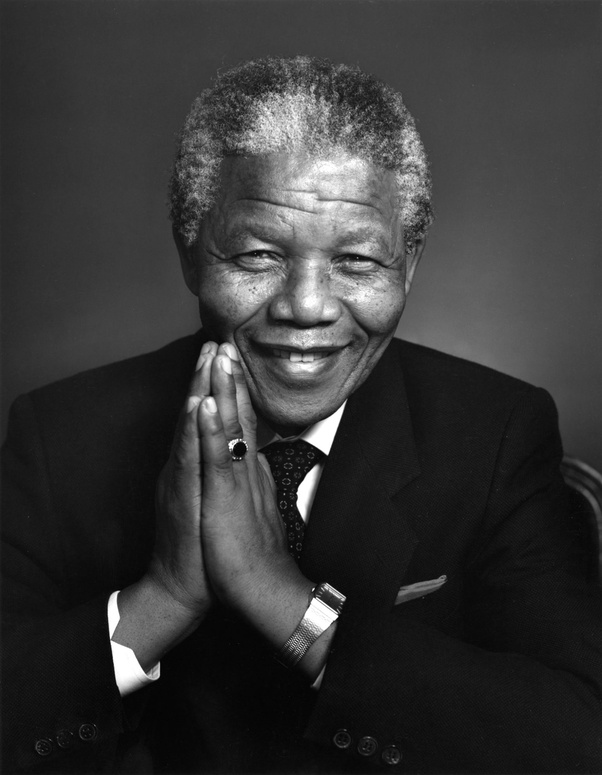
Nelson Mandela passed away on December 5, 2013, at the age of 95. His life remains a testament to the power of forgiveness, resilience, and the fight for justice.
Conclusion:
Nelson Mandela’s life journey from a small village to the presidency, coupled with his unwavering commitment to justice and equality, made him a revered figure globally. His legacy endures, reminding the world of the importance of compassion, reconciliation, and the ongoing struggle for human rights.
